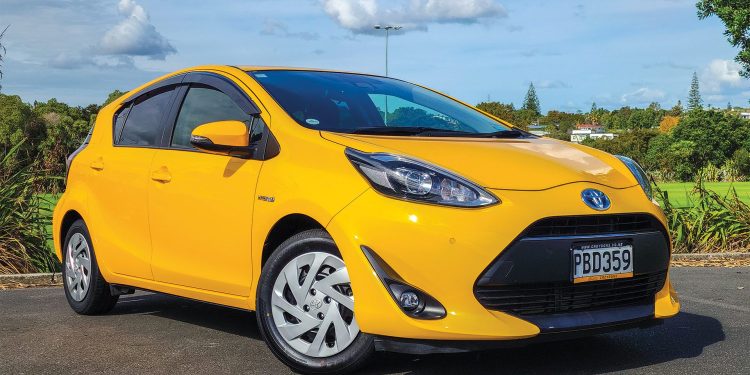2011-2020 Toyota Aqua Used – ReView
The Toyota Aqua, also once sold here new as the very similar Prius C, is New Zealand’s most popular used import. It’s a compact hybrid hatch that ticks a lot of boxes; excellent fuel economy, Toyota reliability and a purchase price that won’t break the bank.
Since its debut in 2011, the Aqua has become a go-to for those wanting cheap, efficient motoring, especially in city settings. It’s essentially a downsized Prius, and shares a lot in common with the Toyota Yaris, Vitz and even Corolla.
Who is it for?
The Aqua is ideal for city dwellers, commuters, students, or anyone after a low-cost, low-maintenance runabout. It’s easy to park, frugal to run, and simple to drive. Rear legroom is better than many competitors in this class and it can comfortably accommodate most adult passengers – you’ve likely sat in the back of one as an Uber. However, the boot’s still modest so it’s not for everyone. Families needing more cargo room may want to look at something larger, like the Toyota Corolla Fielder Hybrid, which shares a similar drivetrain but offers increased practicality.
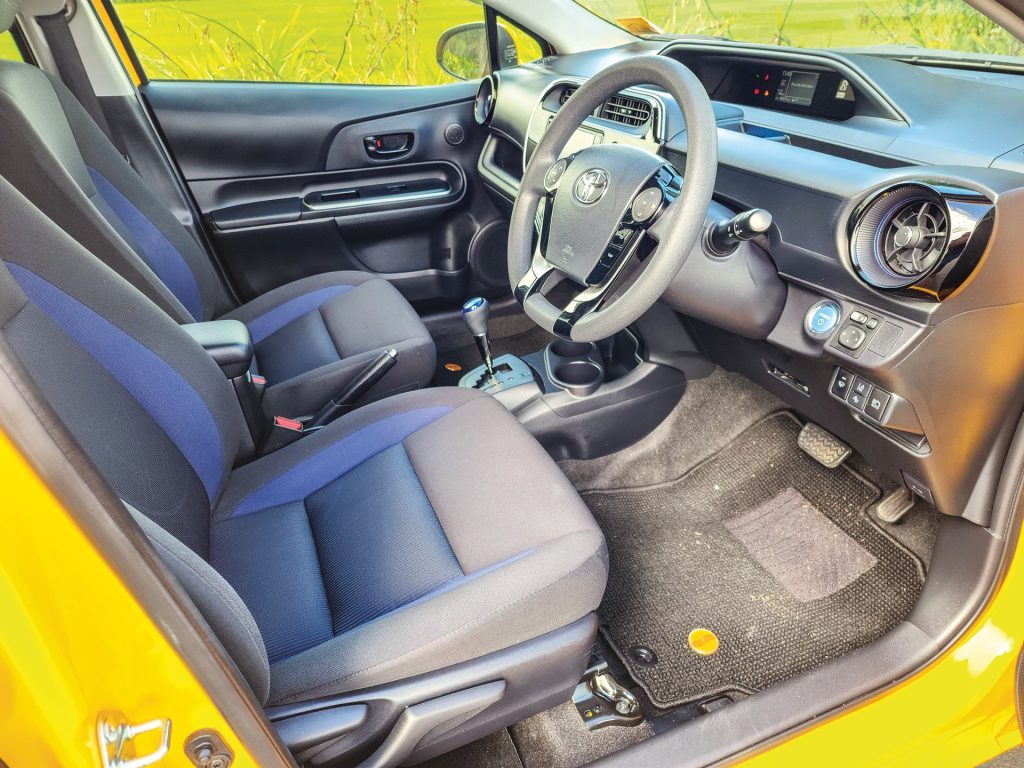
What is it like?
The Aqua’s 1.5L petrol engine and electric motor produce about 74kW combined. It’s not fast – the sprint to 100km/h takes around 11 seconds – but it’s responsive enough around town thanks to the electric boost. It drives quietly, especially in EV mode at low speeds. While the regenerative braking takes a little getting used to, it is smooth overall.
Fuel economy is a standout. Expect around 4.0L/100km, and in the right conditions, even less. The Aqua also holds a five-star Used Car Safety Rating according to rightcar.govt.nz. Electronic Stability Control (ESC) was standard from launch in 2011. However, only a small number of imported models feature side airbags. Toyota Safety Sense, including autonomous emergency braking, was available as an option from late 2015 and appears on around 60 per cent of later-model cars.
What are the options?
All Aquas are imports, and come in various trims, mainly L, S, and G. The L Package is ultra-basic but does include keyless entry via a remote fob; it uses a traditional key start. The S Package adds push-button start and better trim, while the G Package upgrades the interior with chocolate suede-style cloth, a leather steering wheel, and sometimes auto-on headlights. Climate control is standard across the range. Cruise control was an option on higher trims like the G, X-Urban, and G GS. Alloys are not standard across any trim, though the X-Urban (introduced in 2014) brought 16-inch alloys, a body kit, and part-leather trim.
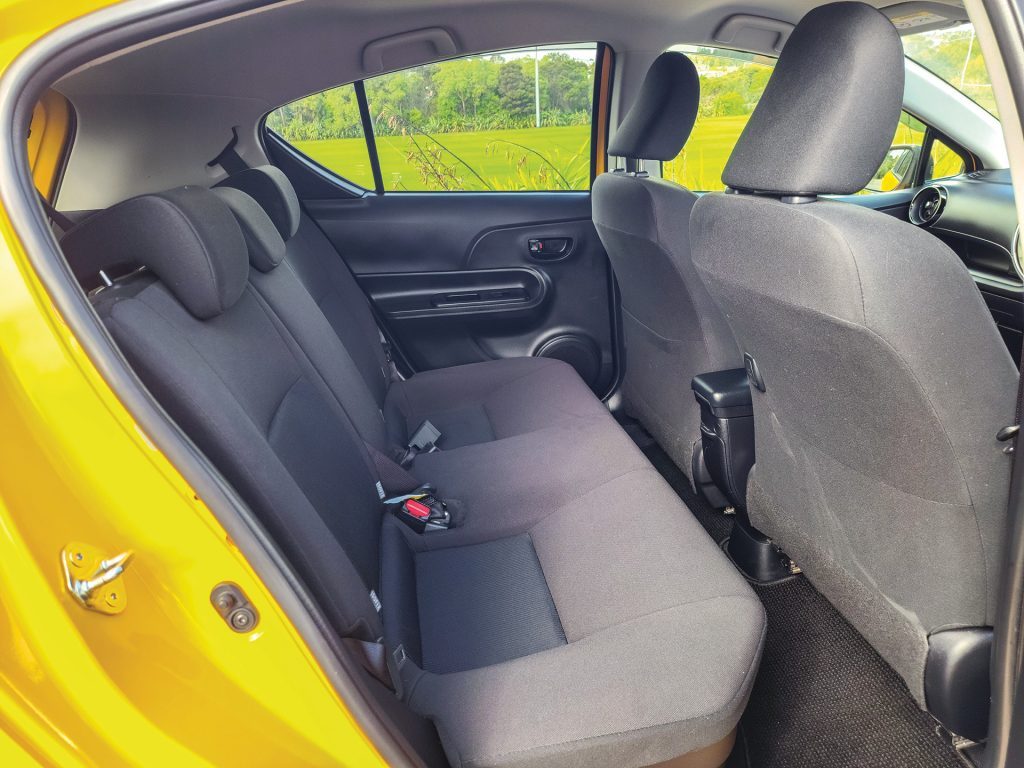
The Aqua received two facelifts during its production run. The first, in December 2014, included updated frontal styling and minor interior tweaks, particularly to the S-Package trim. The second came in late 2017 with further design changes and minor updates to the hybrid battery. Around this time, the X-Urban variant was replaced by the Crossover model. Despite the changes, there were no major updates to safety systems between facelifts.
What should I look out for?
The Aqua is considered one of the better built, most reliable cars you can buy, but there are some common issues to watch for:
Battery health: Look for rapid charge/discharge on the display—it’s a sign the hybrid battery may be deteriorating. Replacement costs vary depending on where and how you buy. A used battery can be sourced by dealers for around $500–$600 (trade price, limited warranty), while retail customers may pay more. A brand-new battery from Toyota costs approximately $2000 plus fitting. Most buyers will find second-hand options sufficient, and reconditioning generally isn’t worth the cost. Speak to your dealer to confirm battery condition and any available warranty coverage.
AC compressor noise: A high-pitched whine is normal, but grinding or lack of cooling could mean trouble.
Moisture in tail lights and paint fade on older models are also common.
Avoid the L Package—it’s too basic for most buyers and lacks smart key features. Generally, stick with the S or G grades, and ensure the car has factory keyless entry and immobiliser, a must for both convenience and security.
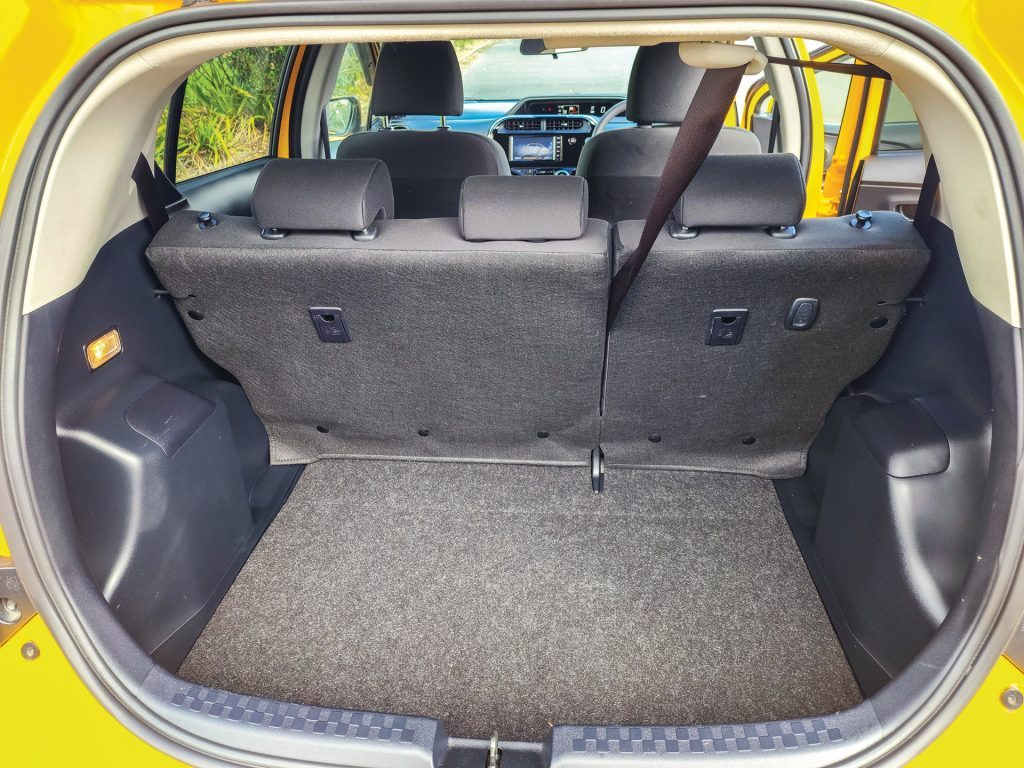
What else should I consider?
If you’re considering alternatives, the Honda Fit Hybrid and Nissan Note e-Power are two other common hybrid imports worth checking out. The Fit has a roomier cabin and cargo space, while the Note’s electric-motor-driven system offers strong low-end torque. But the Aqua typically beats them both on price and simplicity.
What should I pay?
Pricing varies widely depending on whether you’re buying from a private seller or a dealer. Dealer cars generally come with better presentation, warranties, and odometer certifications, and command a premium:
Dealer pricing:
2011–2013: $9,000–$11,000
2014–2016: $11,000–$14,500
2017–2020: $14,500–$20,000
Private sale pricing:
2011–2013: $6,500–$9,000
2014–2016: $9,000–$12,500
2017–2020: $12,500–$16,000
Condition, mileage, spec, and dealer reputation all impact price. Models with verified battery health, push-button start, and additional safety tech are worth prioritising. Because of the breadth of the Aqua range they are considered difficult to price by the trade.
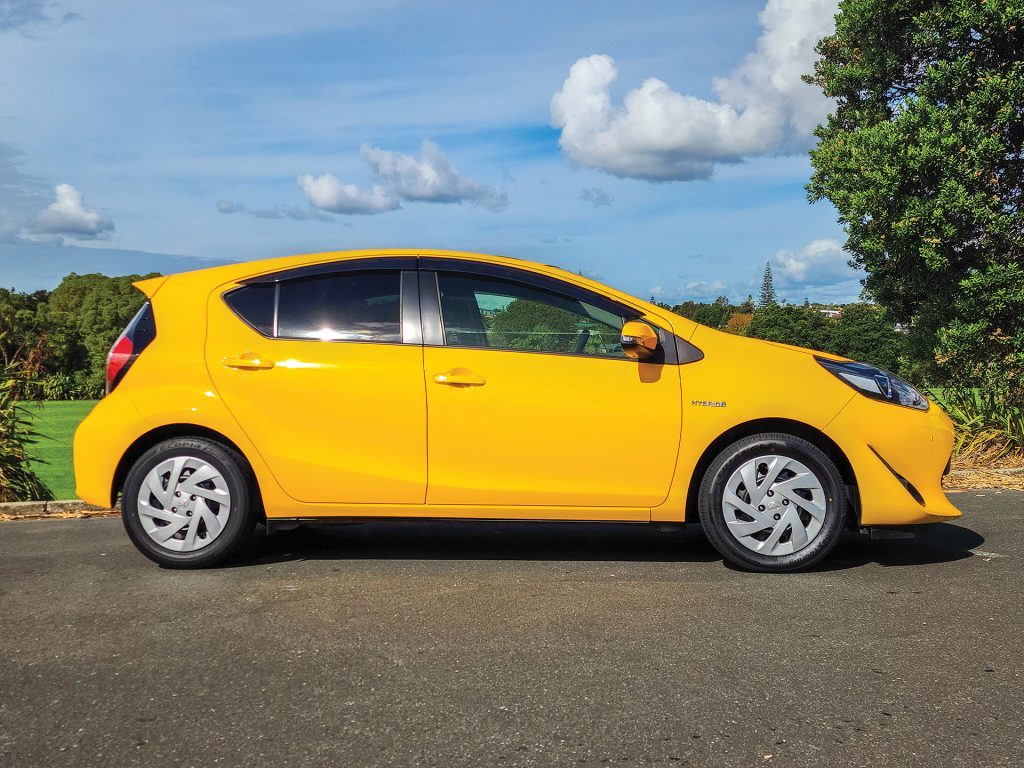
Just a note, before signing on the dotted line, check on insurance for your Aqua. Avoid the entry-level early cars and your Aqua won’t find its way into the hands of a ram raider. Yes, they are fans of this car. While some insurance companies will only penalise those models without an immobiliser, some slap a penalty on the whole range.
For many Kiwi drivers, the Aqua offers a nearly unbeatable combination of affordability, economy, reliability and simplicity.
It’s not a car that will get your pulse racing but for stress-free commuting, it’s hard to beat.
Just choose the right spec, check the battery’s health, and you’ll be set for years of reliable, low-cost motoring.But it’s not for everyone.


